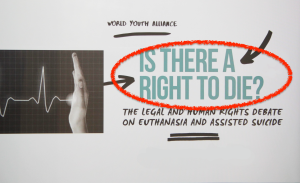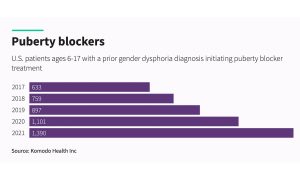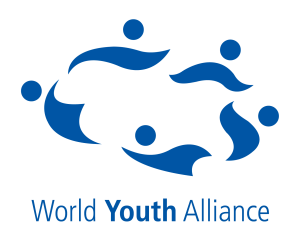A consensus is building among countries and political parties that banning surrogacy is necessary to protect children’s and women’s rights, but there is still an unresolved question: how can we protect the best interests of children born through surrogacy? In other words, is it possible to ban surrogacy and still respect the rights of those children who were already born as a result?
A major hurdle is that that there is not a consensus on what exactly the best interest of the child means in the context of a surrogacy ban. Although it is a longstanding principle of law, it is not specifically defined; instead, it is determined ad causam, or on a case by case basis. This is even true in the Convention on the Rights of the Child (CRC), which invokes the concept four times without explicitly defining it, although its other provisions may be taken as evidence as what many countries agree are generally in the child’s best interests.
 Yet the principle exists as an escape clause of sorts; sometimes things that we generally understand to be best are in fact not acceptable. Consider: as the CRC states, children should know and be cared for by their parents (art. 7(1)), but in some cases parents are unable to provide appropriate care and children must be removed from the home. The existence of this principle exists to ensure that in any specific case the child will always come first.
Yet the principle exists as an escape clause of sorts; sometimes things that we generally understand to be best are in fact not acceptable. Consider: as the CRC states, children should know and be cared for by their parents (art. 7(1)), but in some cases parents are unable to provide appropriate care and children must be removed from the home. The existence of this principle exists to ensure that in any specific case the child will always come first.
But what should the law do when a child is born through surrogacy, a practice in which a child is treated like a commodity, subject to contract, delivered to other adults at birth, and often separated from one or both of her natural parents? Sympathy for the intending parents cannot override the very real tension between their desires and the child’s rights.
The fact that these cases are so complex only highlights the necessity for independent adjudication on what those rights are. Only a judge experienced in the complexities of family law, cant take into account all the details of the particular situation of every child and decide in accordance with this principle.
Yet the practice of surrogacy routinely exploits gaps in the law, often avoiding any scrutiny on the child’s behalf. Where a surrogacy ban is in place, wealthy couples can rent the uteruses of women abroad. Where surrogacy is not banned, its growth has outpaced regulations. As long as no disputes arise, the issue of whether a surrogacy arrangement is truly in the child’s best interest will never be raised.
But the problem with surrogacy goes beyond insufficient regulation, because no regulation can cure the fundamental issues with surrogacy. Treating a child as the object of a contract is not in a child’s best interests; regulation will impose some requirements on contracts, but will take as a given that a child can be the subject of a contract. Regulating compensation may create a veneer of ethics, but will not address the fact that many surrogacy agreements use third party gametes, and all require gestational mothers—thus depriving a child of her right to know and be cared for by her parents without any judicial process or oversight.
Regulation for children born out of surrogacy agreements will in fact become a tool for surrogacy agencies to justify their trade in children and women’s bodies. After all, the best interests of children have the potential to hurt financial interests in surrogacy. Therefore, we cannot rely on the surrogacy industry to regulate itself—or to protect children’s interests.
That is why legislative authorities should focus on fighting human trafficking and the sale of children[1] as practiced in surrogacy, while letting the judiciary power do what they know better, namely applying legal principles along with the demands of human rights and human dignity to specific cases. This will ensure that the best interests of the child, rather than the desires or financial interests of adults, are at the center of decisions that affect children’s lives and wellbeing.
[1] Article 35 of the Convention of the Rights of the Child
—
Written by Antoine Mellado, Director of Advoacy of World Youth Alliance Europe.







